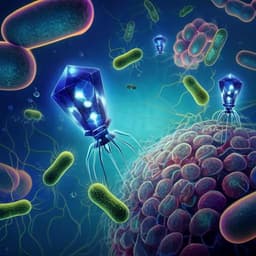
Chemistry
Quantum-mechanical exploration of the phase diagram of water
A. Reinhardt and B. Cheng
In an innovative approach, researchers Aleks Reinhardt and Bingqing Cheng have advanced our understanding of the water phase diagram using hybrid density-functional-theory techniques. Their work reveals the stability of known phases under high pressure, shedding light on the thermodynamics of this vital substance. Discover how cutting-edge machine learning techniques and free-energy methods make this groundbreaking research possible!
Playback language: English
Related Publications
Explore these studies to deepen your understanding of the subject.







